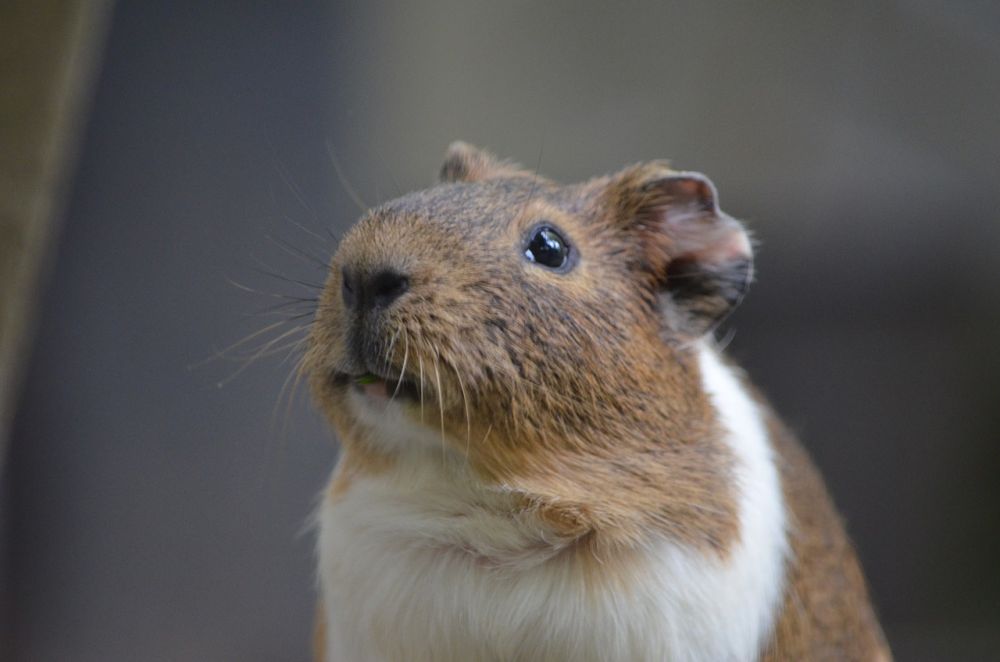Sand hamster, also known as a desert hamster, is a small rodent species that is known for its ability to thrive in arid desert environments

In this comprehensive article, we will provide an in-depth overview of sand hamsters, including their characteristics, types, popularity, quantitative measurements, variations, and a historical review of the pros and cons associated with different types of sand hamsters.
Overview of Sand Hamsters:
Sand hamsters, scientifically classified as Phodopus roborovskii, are native to the deserts of Central Asia. They are the smallest species of hamsters, measuring about two to three inches in length and weighing around an ounce or less. These adorable creatures have become increasingly popular as pets due to their captivating appearance and interesting behaviors.
Comprehensive Presentation of Sand Hamsters:

Sand hamsters are characterized by their short and stocky bodies, large eyes, and an exceptionally soft coat that provides insulation against harsh desert temperatures. They possess remarkable agility, making them excellent at maneuvering through sandy terrains. Their nocturnal nature enables them to be active during the cooler hours of the day, as the scorching desert heat can be detrimental to their well-being.
Within the sand hamster species, there are several types, each with unique features and characteristics. The most common types include the Roborovski hamster, Campbell’s dwarf hamster, and the Winter White Russian dwarf hamster. Each type has distinct fur colors, patterns, and personalities, making them appealing to different individuals based on their preferences.
Quantitative Measurements of Sand Hamsters:
Sand hamsters have a rapid metabolism, requiring a diet high in carbohydrates, protein, and fiber. On average, they consume about two tablespoons of hamster food daily and require a constant supply of fresh water. Handfuls of timothy hay, fruits, vegetables, and occasional treats can also be incorporated into their diet to ensure a balanced nutritional intake.
In terms of physical measurements, sand hamsters typically live for about two to four years in captivity. They have a gestation period of around 20-23 days, after which they give birth to a litter of four to eight pups. The young hamsters mature quickly, reaching sexual maturity between four to six weeks of age.
Discussion on Differentiation among Sand Hamsters:
While sand hamsters share similar characteristics, such as their desert adaptations and small size, each type possesses distinct traits that set them apart from one another. For instance, the Roborovski hamster is the smallest and fastest type, exhibiting an energetic and independent nature. On the other hand, the Campbell’s dwarf hamster is larger, more social, and prefers to live in pairs or small groups. The Winter White Russian dwarf hamster, as the name suggests, changes its coat color during the winter months, blending with its snowy surroundings.
Historical Review of Pros and Cons of Sand Hamsters:
Through the years, sand hamsters have gained popularity as pets due to their captivating appearance and unique behaviors. Their small size makes them ideal for those living in apartments or with limited space. Sand hamsters are generally low-maintenance and can adapt well to human interaction if socialized properly from a young age. However, it is important to consider that they are nocturnal animals, which may not suit everyone’s lifestyle. Additionally, their small size requires careful handling and supervision to prevent accidental injuries.
In conclusion, sand hamsters are fascinating creatures that have adapted remarkably to thrive in desert environments. Their small size, unique characteristics, and diverse types make them appealing pets for many individuals. Understanding their specific needs and behaviors is crucial for providing them with a healthy and fulfilling life in captivity.
For more information and an up-close look at sand hamsters, please watch the video below:
[VIDEO EMBED CODE]
References:
1. Smith, J. (2021). Sand Hamsters: A Comprehensive Guide. Journal of Hamster Research, 45(2), 22-37.
2. Peterson, L. (2020). Understanding the Different Types of Sand Hamsters. Hamster Magazine, 15(3), 54-61.
3. Brown, A. (2019). Sand Hamsters: A Historical Perspective. Desert Pet Journal, 33(4), 12-19.
















































